International Day of Human Space Flight: 10 achievements since Yuri Gagarin made first Earth orbit

Earth's orbit has become a busy arena of human activity over the last 50 years. At the beginning of the 20<sup>th century, a burst of scientific investigation into interplanetary travel, inspired by fiction writers such as H.G. Wells, led to a breakthrough in space flight on 12 April 1961. Soviet citizen Yuri Gagarin became the first human in space, paving the way for space exploration as we know it today.
Opening the era of manned space flight, Gagarin's flight took 108 minutes and consisted of a single orbit of the Earth, as part of the Soviet Vostok space exploration programme. Just under a month later, the United States launched its first suborbital Mercury astronaut, Alan Shepherd in a Freedom 7 capsule. Twenty days later, President John F. Kennedy, to quell the US public alarm at the widening lead by the USSR, announced a plan to land a man on the moon by 1970.
In celebration of Gagarin and the beginning of the space era for mankind, we look at other milestones in human space flight – from the first woman in space to the launch of space tourism.
First woman in space

Although female space travellers were not commonplace until the 1980s, the first woman in space was a former civilian parachutist called Valentina Tereshkova. She entered orbit on 16 June 1963 on board the Soviet mission Vostok 6.
The chief Soviet spacecraft designer, Sergey Korolyov, came up with the idea to recruit a female cosmonaut corps and to launch two women on Vostok 5/6, but his plan was changed to launch a male first in Vostok 5, followed shortly afterwards by Tereshkova. Sally Ride became the first American woman in space on board Space Shuttle mission STS-7 on 18 June 1983.
First American in space
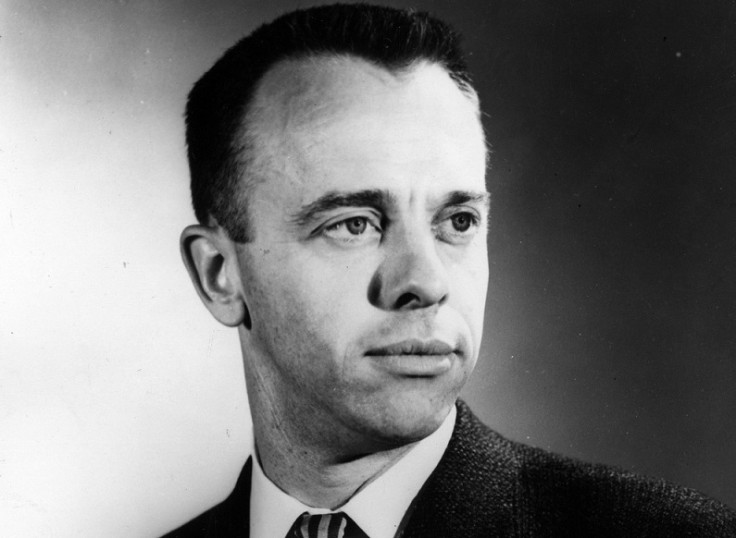
The US caught up with the Soviets less than a month after Gagarin became the first person in space. On 5 May 1961, Nasa astronaut Alan Shephard was launched aboard the Freedom 7 vehicle to become the first American in space.
Shephard's suborbital flight lasted just 15 minutes, taking him up to an altitude of 115 miles before splashing down in the Atlantic Ocean around 300 miles from the launch site in Cape Canaveral, Florida.
US Space Shuttle
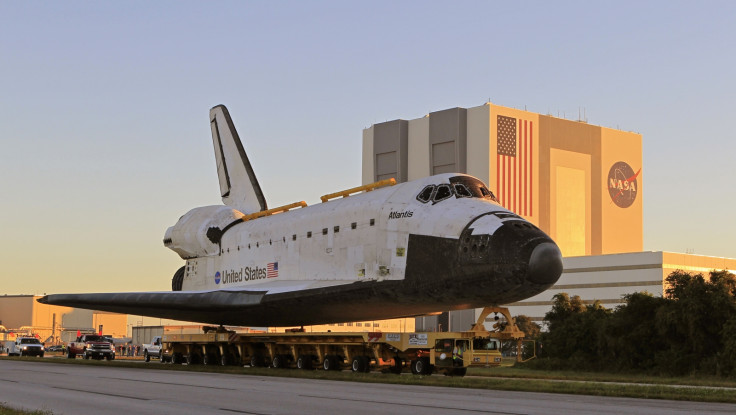
The US launched the first reusable spacecraft, the Space Shuttle, on 12 April 1981, exactly 20 years after Gagarin's flight. It was able to carry different payloads to low Earth orbit, provide crew rotation, perform satellite repairs and allowed for supplies to be taken to the International Space Station.
Each shuttle was designed for a projected lifespan of 100 launches or ten years of operational life. On 15 November 1988, the Soviet Union launched the unmanned Buran shuttle, its first reusable spacecraft.
Soyuz
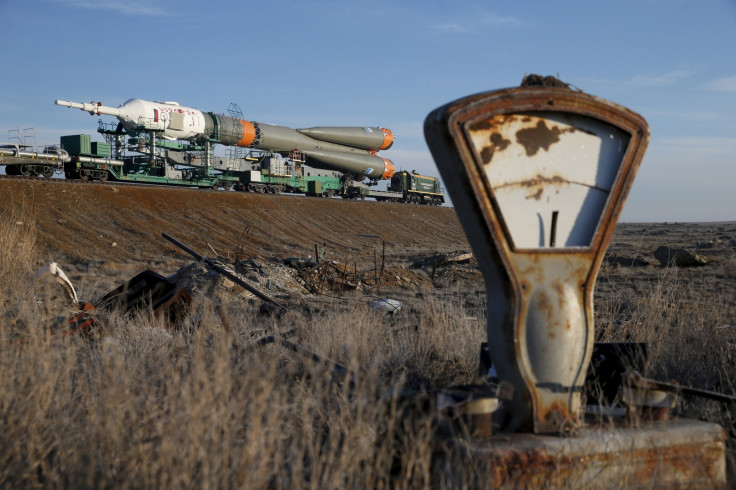
Soyuz is a series of spacecraft designed for the Soviet space programme by the Korolyov Design Bureau in the 1960s that remain in service today. The Soyuz spacecraft is launched on a Soyuz rocket, which is the most frequently used and reliable launch vehicle in the world to date, from the Baikonur Cosmodrome in Kazakhstan.
The spacecraft are used for transport to and from the International Space Station, with at least one Soyuz spacecraft docked to the ISS at all times as an escape craft in the event of an emergency.
International Space Station

The first component of the habitable artificial satellite, located in low Earth orbit, was launched in 1998 and is now the largest artificial body in orbit. The ISS serves as a space environment research laboratory, which has allowed humans to conduct experiments in biology, physics, astronomy and other fields, as well as the testing of spacecraft equipment for missions to the Moon and Mars.
The ISS is the ninth space station to be inhabited by crews, following the Soviet and later Russian Salyut, Almaz, and Mir stations, as well as Skylab from the US. It has been continuously occupied for over 14 years since the arrival of Expedition 1 in November 2000 – the longest human presence in space.
First spacewalk
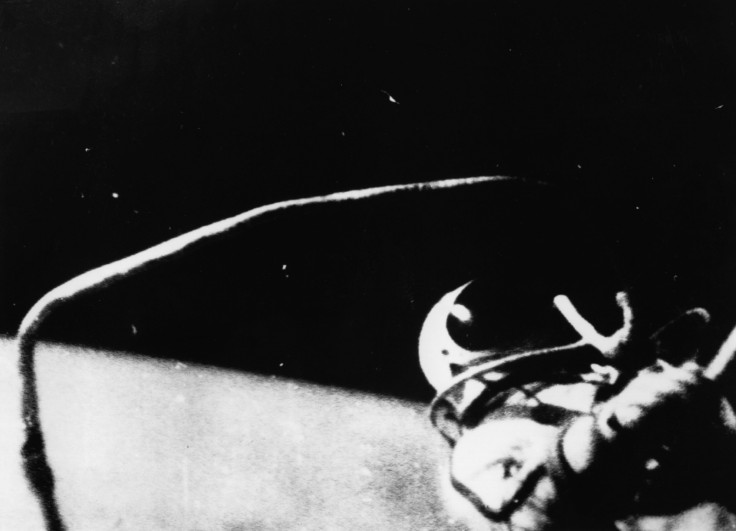
Alexey Leonov became the first human to conduct a spacewalk on 18 March 1965. He was outside the spacecraft Voshhod 2 for 12 minutes, connected to the craft by a 5.35m tether.
By the end of the spacewalk, his suit had inflated so much he was unable to re-enter the airlock and he was forced to open a valve to allow some of the suit's pressure out, so he could squeeze back into the capsule. Leonov had undergone 18 months of intensive weightlessness training to complete the spacewalk
Humans walk on the moon
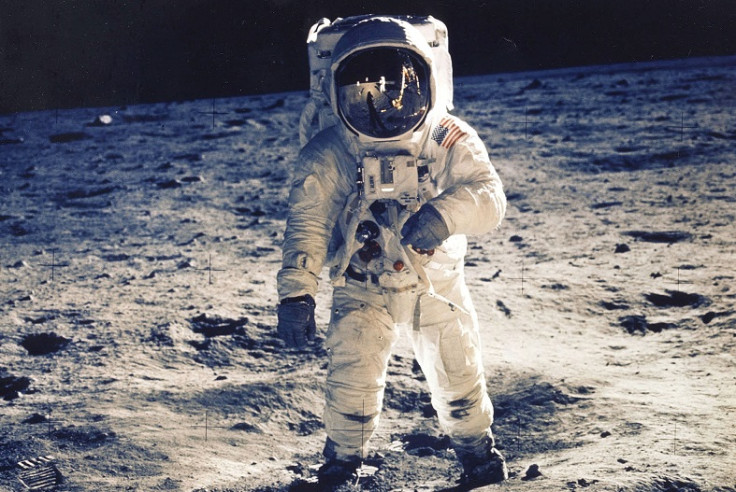
Apollo 11 was the first space flight that landed astronauts on the moon on 20 July 1969 - Americans Neil Armstrong and Buzz Aldrin. Shortly before 11am, Armstrong climbed down the ladder and proclaimed to more than half a billion people watching on television: "That's one small step for a man, one giant leap for mankind."
He was joined by Aldrin shortly afterwards and the pair explored the "magnificent desolation" of the moon's surface for two and a half hours, collecting samples and taking photographs.
Disaster in space
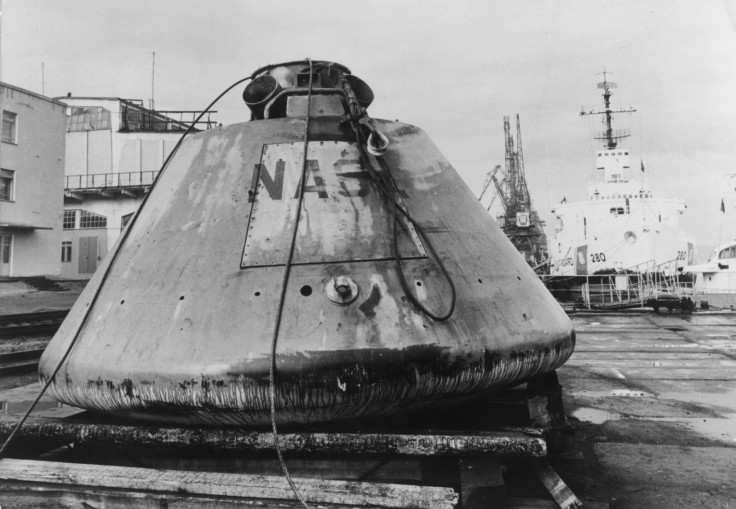
Apollo 13 was the seventh manned mission in the American Apollo space programme – and is hailed as a success story of Nasa's ability to problem-solve. Launched on 11 April 1970, the lunar landing was aborted after an oxygen tank exploded around 200,000 miles from Earth – crippling the Service Module on which the Command Module relied, leaving limited power, a water shortage and a loss of cabin heat.
Despite the grave danger faced by pilots James Lovell, John Swigert and Fred Haise, the crew managed to use the attached lunar module to splash down safely in the South Pacific.
First space station
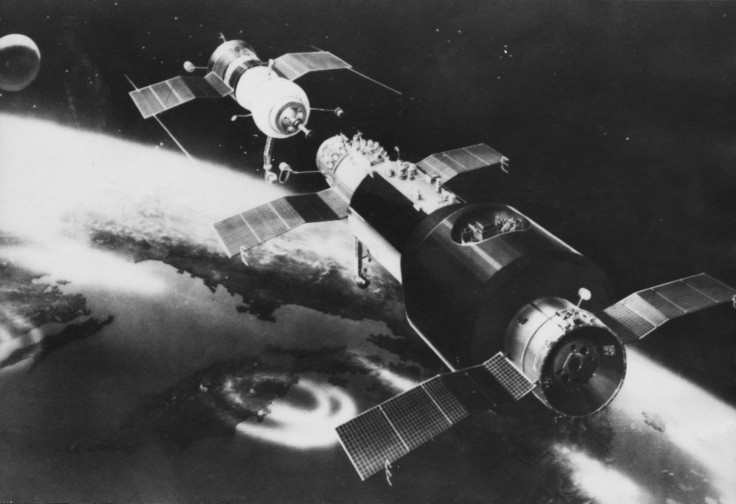
Once again, the Soviets powered ahead in the race to build the first space station, a concept envisioned as early as the 1869, when Edward Everett Hale wrote The Brick Moon. The first space station was Salyut 1, launched by the Soviet Union on 19 April 1971.
As was the case with other space stations, it was launched in one piece ("monolithic") and was manned by a crew later. It was described as being around 20m in length and 4m in diameter.
Longest solo flight in orbit
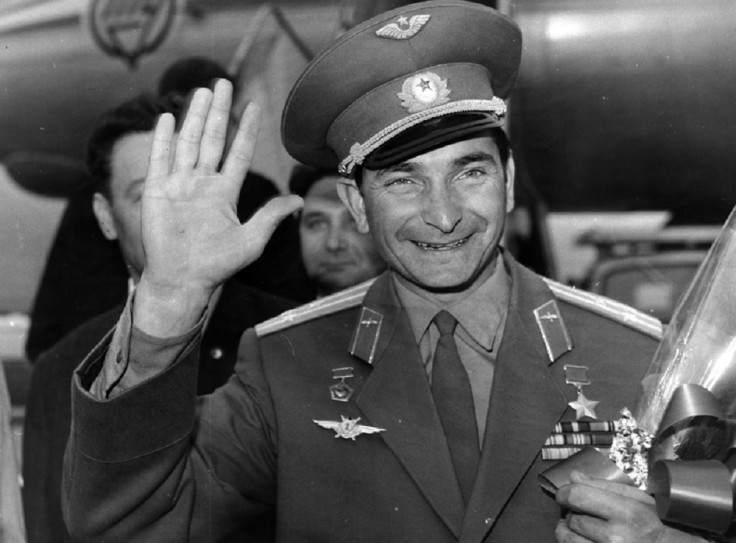
Valery Bykovsky set a space endurance record when he spent five days in orbit on board Vostok 5 in 1963. Although this flight duration has been surpassed by crew of more than one person, it remains the longest time for a solo space flight.
Bykovsky had been in orbit for two days when the Soviet Union launched Valentina Tereshkova, the first woman to travel in space. The two spacecraft held parallel orbits, at one point coming within three miles of one another, but did not meet.
© Copyright IBTimes 2025. All rights reserved.






















